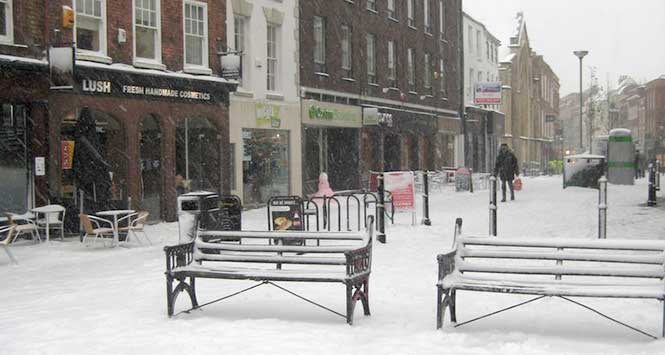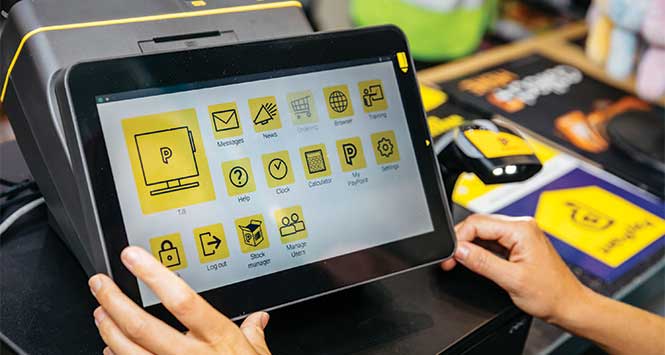Total UK footfall decreased by 6.2% year-on-year in February, down from -2.8% in January, new data reveals.
The latest BRC-Sensormatic IQ data also shows that high street footfall decreased by 9.3% year-on-year in February, down from -2.3% in January.
Meanwhile, shopping centre footfall decreased by 7.0% year-on-year in February, down from -5.0% in January.
In addition, the figures reveals all UK nations saw a fall in footfall year on year. Scotland saw the smallest year-on-year drop in footfall at -3.2%. England saw a -6.6% year-on-year drop in footfall, this was followed by Northern Ireland at -7.1%, and Wales at -8.0%.
Helen Dickinson, Chief Executive of the British Retail Consortium, said: “Footfall experienced its biggest fall since the pandemic. One of the wettest Februarys on record, exacerbated by train strikes at the start of the month, meant shoppers visited fewer stores, with high streets most affected.”
She added: “With these figures showing the UK underperforming compared to other developed markets, it’s time the government took action to drive tourist footfall and spending across the UK. Since the end of VAT-free shopping for tourists in 2021, the UK has been at a competitive disadvantage compared to its European counterparts. With footfall in major hubs trending downwards in recent months, the Chancellor must reinstate VAT-free shopping in his budget to support businesses and jobs across the UK.”
Andy Sumpter, Retail Consultant EMEA for Sensormatic Solutions, said: “February saw a collision course of disruptive forces negatively impacting store traffic, meaning store visits dipped to their lowest ebb since the pandemic. Prior to any energy price cap reduction, and with squeezed spending budgets, the confirmation of the UK’s ‘technical recession’ in 2023 appears to have weakened consumer confidence.
“The wettest February on record probably didn’t help, and even Valentine’s Day, which usually provides a frisson of footfall, failed to woo shoppers into store.”








